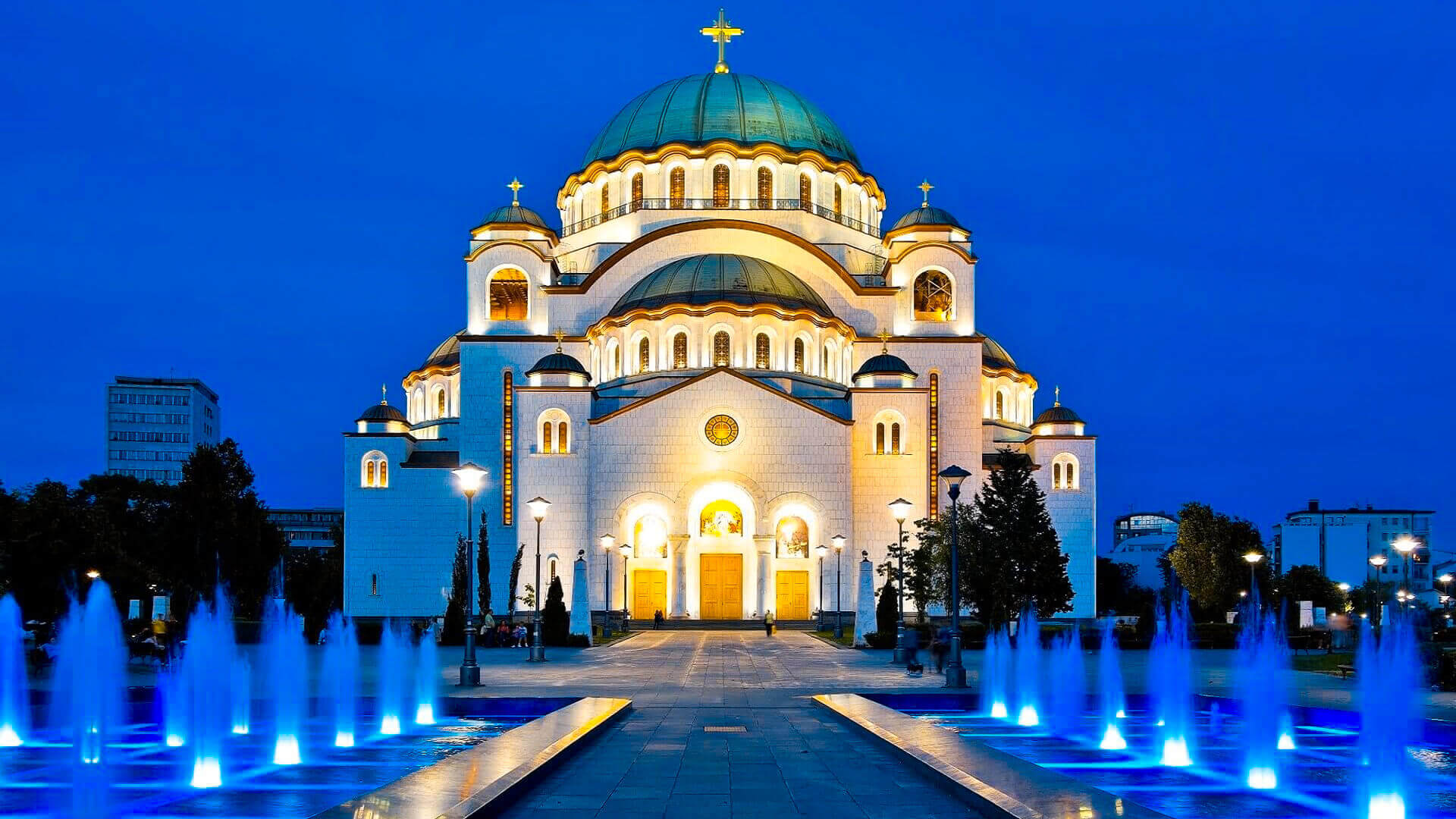[lwptoc]
Serbia, formally the Republic of Serbia, is a sovereign state located in Central and Southeast Europe, including the southern portion of the Pannonian Plain and the central Balkans. In comparison to its tiny size, it is a varied nation defined by its transitory nature, located along cultural, physical, climatic, and other borders. Serbia is a landlocked country that shares borders with Hungary to the north, Romania and Bulgaria to the east, Macedonia to the south, and Croatia, Bosnia and Herzegovina, and Montenegro to the west; it also claims a border with Albania through the disputed region of Kosovo. Serbia has a population of about 7 million people, and its capital, Belgrade, is one of the biggest cities in Southeast Europe.
Serbs founded numerous kingdoms in the early Middle Ages as a result of Slavic migrations to the Balkans beginning in the sixth century. In 1217, Rome and the Byzantine Empire recognized the Serbian Kingdom; it peaked in 1346 as a very brief Serbian Empire. By the mid-16th century, the Ottomans had conquered the whole of modern-day Serbia, with occasional interruptions by the Habsburg Empire, which began advancing into Central Serbia at the end of the 17th century, while retaining a footing in modern-day Vojvodina. The Serbian Revolution in the early nineteenth century created the nation-state as the region’s first constitutional monarchy, which later extended its borders. Following the devastation of World War I and the subsequent union of the Habsburg crownland of Vojvodina with Serbia, the nation co-founded Yugoslavia with other South Slavic peoples, which existed in different political configurations until the 1990s Yugoslav Wars. As a consequence, Serbia and Montenegro established a union in 1992, which dissolved in 2006, when Serbia regained its independence. Kosovo’s parliament proclaimed independence in 2008, drawing varied reactions from the international world.
Serbia is a member of the United Nations, the Council of Europe, the OSCE, the Partnership for Peace, the BSEC, and CEFTA. Serbia has been a candidate for EU membership since 2012 and has been negotiating admission to the EU since January 2014, after the European Council and Commission approvals in 2013. The nation is in the process of joining the WTO and is militarily neutral. Serbia is a country with an upper-middle income economy dominated by the service sector, followed by industry and agriculture. The nation scores well on the Social Progress Index (45th) and the Global Peace Index (46th), is reasonably high on the Human Development Index (66th), and has a moderate economic freedom level (77th).
Serbia is a newer tourism destination. During the summer, visitors flock to Belgrade to experience the natural beauty of the country’s numerous national parks. In the winter, people go to mountain resorts, with Kopaonik being one of the most popular. There are also many spa resorts, including Sokobanja, Nika Banja, and Vrnjaka Banja.
Serbs are a kind and hospitable people to outsiders. Many Serbs will speak some English and will be eager to practice it (seniors, on the other hand, are more likely to speak German and/or French), so you will be able to get about by asking for directions. The majority of visitors visit Serbia in the summer, and you may frequently hear German, Italian, French, and English spoken in the streets of Belgrade, while Slovenians flock to the country for the New Year holidays.
Serbia was established as a tourist destination considerably later than neighboring Croatia, despite being a diverse and attractive country. From the Vojvodina plains, which resemble scenes from ‘Dr. Zhivago’ in winter, to many mountains, lakes, and ski resorts.
Serbia is situated at a crossroads in European history, and as such, it is a melting pot of cultures, ethnicities, and faiths. Contrary to recent political problems, its people are among the most friendly and inviting in Europe, and Belgrade was recently named one of Europe’s up-and-coming cities. It recently held a Eurovision song contest. Serbia has a unique character and personality, as well as a mingling of various cultures and a zest for life.


